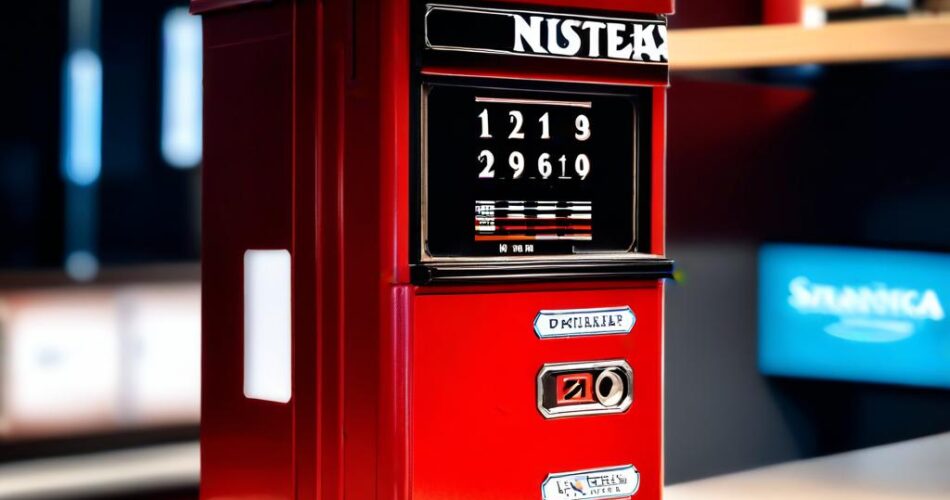Christmas evokes powerful feelings: the scent of pine needles, the warmth of family gatherings, the joy of unwrapping presents. These warm, fuzzy feelings are precisely what marketers tap into during the holiday season, employing a potent strategy known as nostalgia marketing. This approach leverages the emotional pull of “the good old times” to connect with consumers on a deeply personal level, driving sales and brand loyalty. While effective during the holidays, the power of nostalgia shouldn’t be limited to December. It’s a versatile tool that can be successfully deployed throughout the year.
Nostalgia marketing hinges on triggering positive memories and associations. Think back to your favorite childhood toy, a beloved family tradition, or a cherished song from your youth. These memories often carry a strong emotional charge, and skillfully evoking them can create a powerful connection with your brand. Christmas campaigns excel at this; they utilize imagery, music, and messaging that resonate with deeply ingrained holiday traditions, creating a sense of comfort and familiarity.
However, the principles of nostalgia marketing can be applied to any product or service, regardless of the season. The key lies in understanding your target audience and identifying the specific memories and experiences that resonate with them. For a clothing brand, it might involve showcasing vintage styles or highlighting the craftsmanship of classic designs. A food company could evoke memories of home-cooked meals or childhood favorites. A travel agency might focus on idyllic family vacations or adventurous escapades from the past.
Successful nostalgia marketing requires more than just a vague appeal to the past. It demands a strategic approach:
* Identify your target audience’s key nostalgic touchstones: What eras, events, or cultural moments hold particular significance for your customers? Thorough market research is crucial to understanding their emotional landscape.
* Authenticity is paramount: Avoid simply mimicking the aesthetics of a bygone era. Instead, integrate nostalgic elements authentically within your brand’s identity and messaging. Forced or inauthentic nostalgia can feel contrived and backfire.
* Craft a compelling narrative: Don’t just show images; tell a story. Connect your product or service to positive memories and emotions, creating a narrative that resonates with your audience’s experiences.
* Modernize the message: While tapping into the past, ensure your marketing remains relevant to the present. Use modern platforms and techniques to reach your target audience, blending nostalgia with contemporary aesthetics.
* Consistency is key: Don’t just use nostalgia for a single campaign. Integrate nostalgic elements into your overall brand strategy to build long-term connections with your customers.
By understanding and effectively utilizing nostalgia marketing principles, businesses can cultivate a stronger emotional connection with their audience, fostering brand loyalty and driving sales throughout the year, not just during the holiday season. The key is to move beyond the fleeting sentimentality of Christmas and discover the enduring power of memory to build lasting relationships with your customers.
